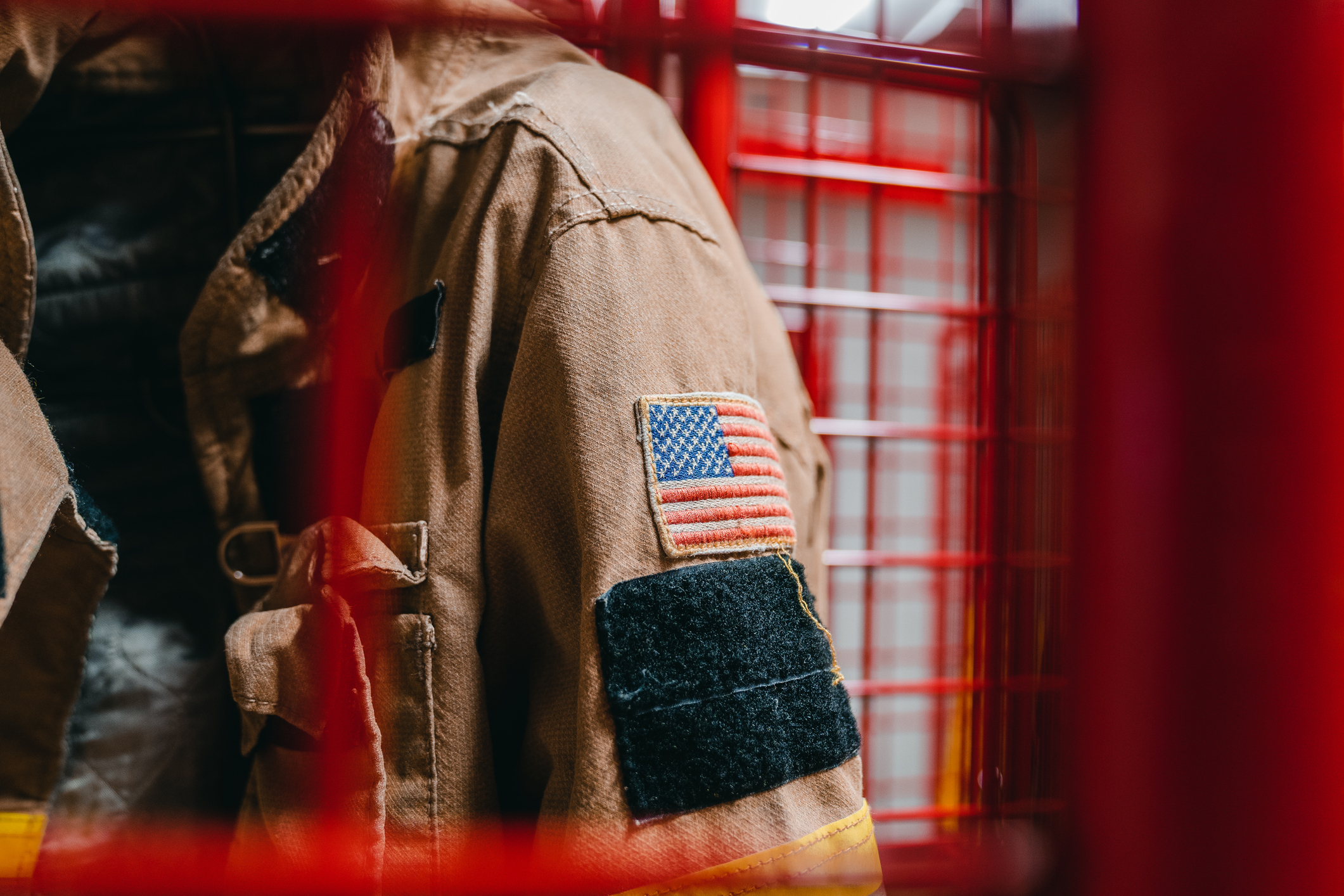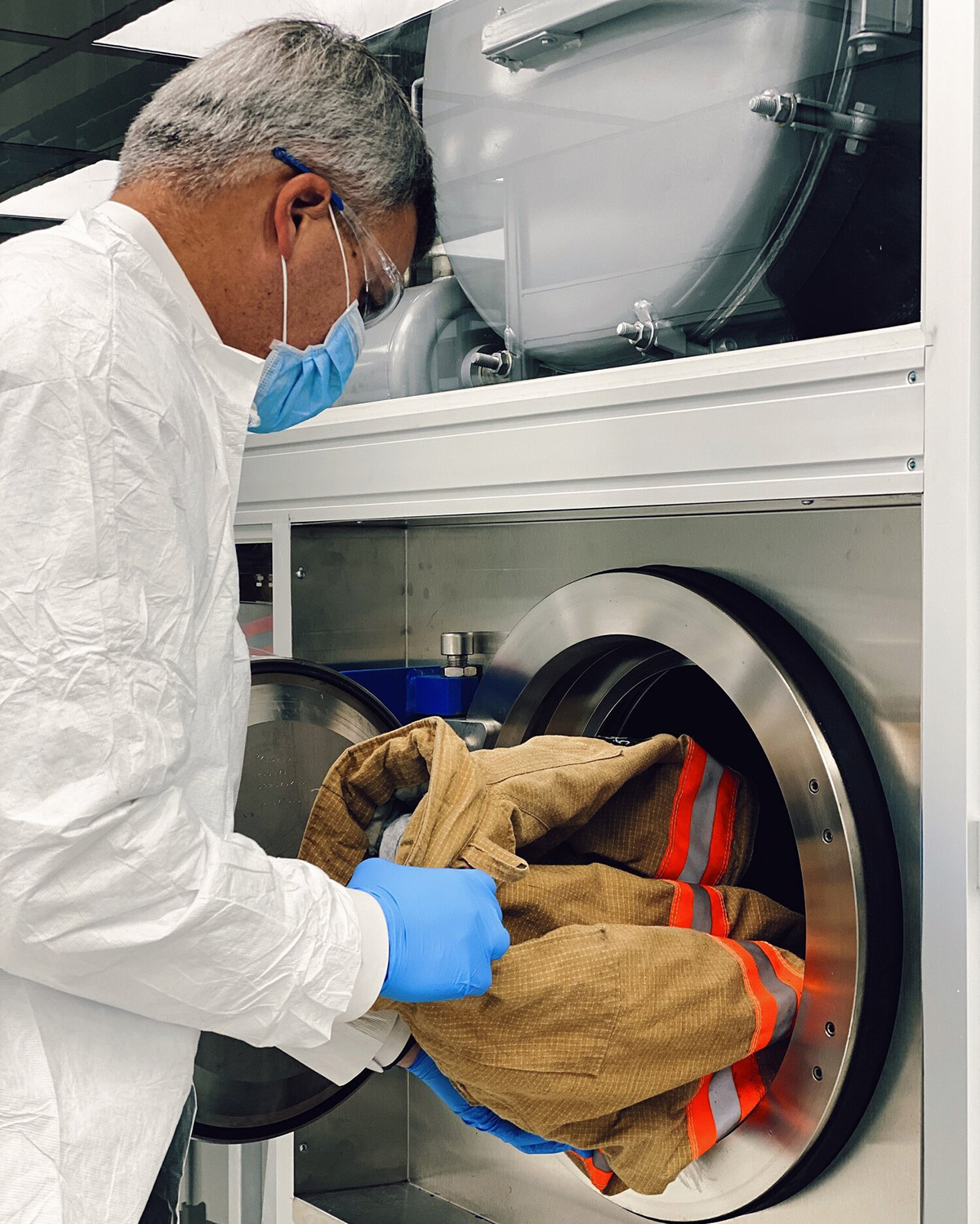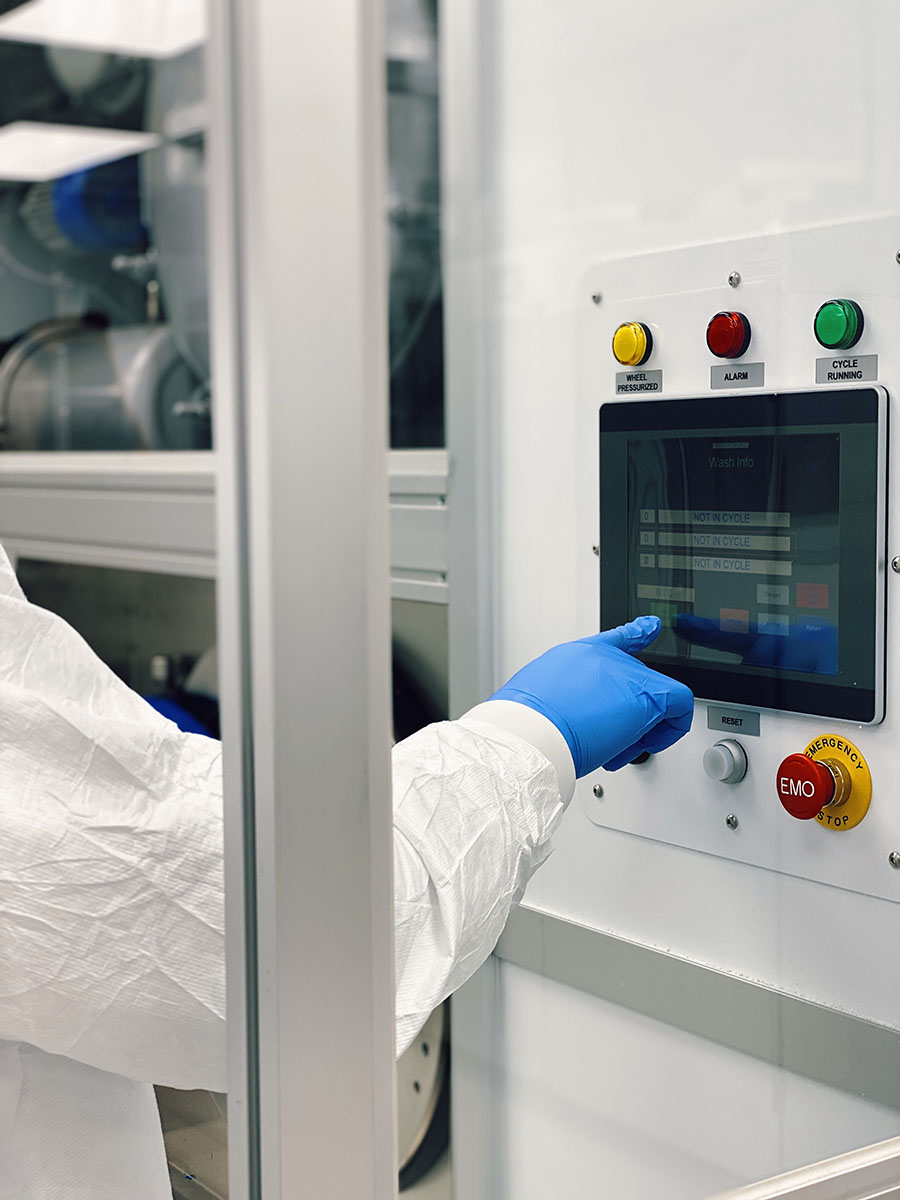By: Emergency Technical Decon Team
Efforts to modernize firefighter PPE have introduced lighter fabrics and advanced thermal liners, enhancing the overall performance of the protective equipment. While these innovations improve mobility and comfort, they also pose fresh challenges for decontamination, especially when traditional water-based methods risk fabric swelling, delamination, or heat-barrier degradation. Adapting liquid CO2 (LCO2) cleaning for these next-generation ensembles offers a path to thorough contaminant removal, extended service life, and consistent protection.
Understanding Lightweight, Heat-Durable Materials
Lightweight turnout shells often combine woven aramids with breathable membranes, while heat-durable liners use ceramic-enhanced fibers. These composites deliver NFPA-level thermal resistance at reduced bulk. Yet their layered structure can trap particulates, oils, and semi-volatile organic compounds (SVOCs) in interior fiber crevices. Water immersion can over-plasticize membranes, altering moisture-vapor transmission rates.
By contrast, supercritical or liquid CO2 acts like a non-polar solvent, dissolving hydrocarbons and oils without inducing fiber swelling. The key is matching process parameters to each material’s thermal tolerance (often 400 °F peak) and mechanical limits.
Key Principles of Liquid CO2 Cleaning
LCO2 cleaning relies on cycling between high-pressure (500–1,200 psi) and near-ambient conditions to flush out contaminants. As CO₂ transitions from liquid to gas, it expands volumetrically, shearing particulates free from fiber surfaces. When augmented with small percentages of cosolvents (e.g., isopropanol), even polar residues can be extracted.
A standardized protocol for lightweight gear includes:
- Controlled Temperature: Maintain vessel temperature below 85 °F to protect moisture barriers and adhesive seams.
- Optimized Pressure Ramp: Utilize incremental pressure increases (in 100 psi increments) to gently dislodge trapped oils without overstressing the fabric weave.
- Multiple Short Cycles: Four to six rapid cycles (vs. a single prolonged cycle) ensure thorough penetration without thermal or mechanical fatigue.
Maintaining Material Integrity
Third-party tests on advanced shell-and-liner assemblies demonstrate that, after 30 LCO2 cleaning cycles under NFPA 1851 protocols, tensile strength and tear resistance remain within 5 % of baseline values. Thermal protective performance (TPP) also showed negligible variance, confirming that controlled CO₂ exposure does not compromise inherent heat resistance.
Laboratory microscopy reveals that fiber diameters and membrane pore sizes stay consistent, avoiding the micro-tears sometimes seen in aggressive water washes. Departments can therefore pursue longer service intervals while meeting NFPA reinspection criteria.
Operational Considerations for Departments
Implementing LCO2 for lightweight gear requires:
- Equipment Calibration: Retrofits to existing LCO2 systems must include low-temperature gauges and programmable pressure controllers.
- Operator Training: Technicians should be certified on cycle timing, co-solvent dosing, and post-process off-gassing to remove residual solvents.
- Safety Protocols: LCO2 handling demands proper ventilation and leak detection; departments should update SOPs to cover bulk LCO2 transfer and cylinder storage.
How ETD Can Help
ETD’s LCO2 cleaning solutions are fully customizable for lightweight, heat-durable gear. We partner with departments to audit their PPE fabrics, specify optimal CO2 cycle profiles, and deliver on-site training. Our goal is to maximize gear longevity while ensuring every firefighter gets back into service with confidence.
Want to safeguard your lightweight, heat-resistant gear and extend its service life? Contact us to explore ETD’s customizable LCO2 cleaning solutions.



